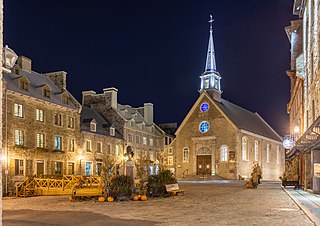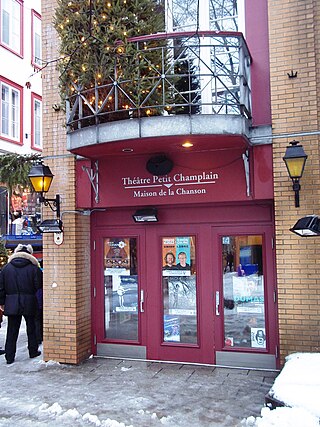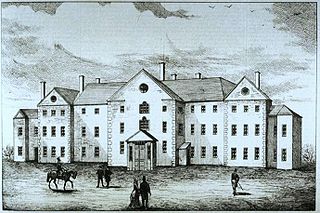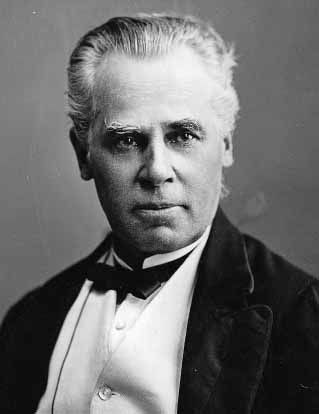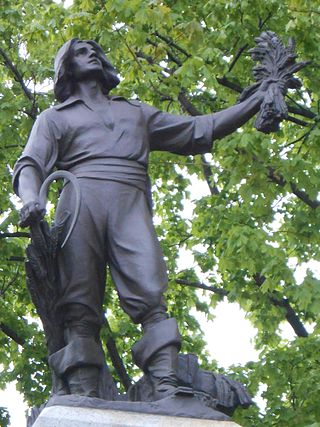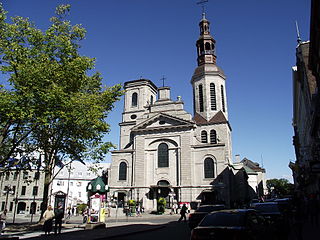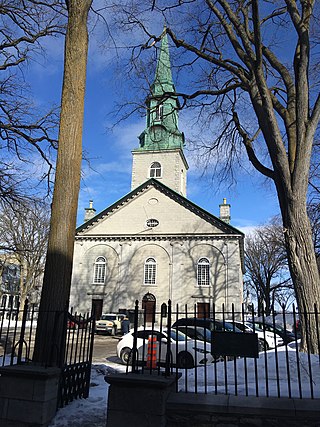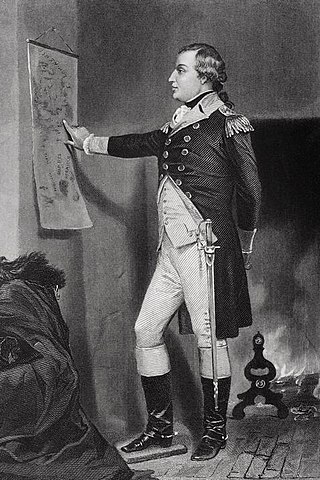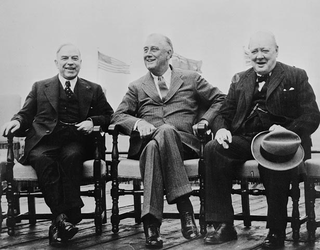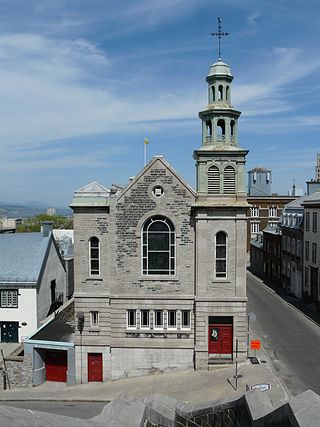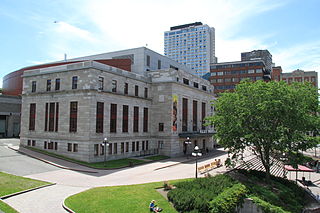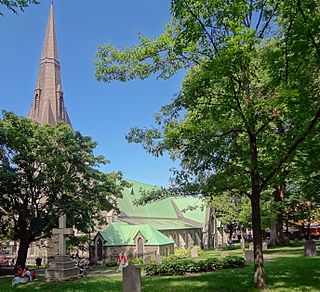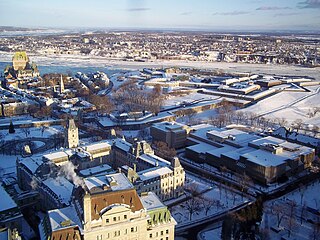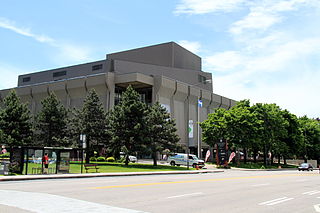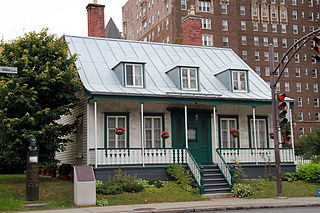Self-guided Sightseeing Tour #1 in Quebec, Canada
Legend
Guided Free Walking Tours
Book free guided walking tours in Quebec.
Guided Sightseeing Tours
Book guided sightseeing tours and activities in Quebec.
Tour Facts
5.1 km
89 m
Experience Quebec in Canada in a whole new way with our free self-guided sightseeing tour. This site not only offers you practical information and insider tips, but also a rich variety of activities and sights you shouldn't miss. Whether you love art and culture, want to explore historical sites or simply want to experience the vibrant atmosphere of a lively city - you'll find everything you need for your personal adventure here.
Activities in QuebecIndividual Sights in QuebecSight 1: Musée de la Civilisation de Québec
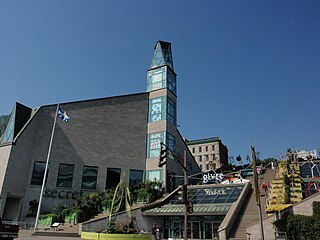
The Musée de la civilisation, often directly translated in English-language media outside Quebec as the Museum of Civilization, is a museum located in Quebec City, Quebec, Canada. It is situated in the historic Old Quebec area near the Saint Lawrence River. It was designed by architect Moshe Safdie, and opened its doors to the public on 19 October 1988.
Sight 2: Place de Paris
The Place de Paris in Quebec City is an urban space located in the port area connecting Place des Canotiers and Place Royale and is located near the Royal Battery in Old Quebec, bordered by Dalhousie Street and Marché-Finlay Street.
Sight 3: Notre-Dame-des-Victoires
The Notre-Dame-des-Victoires Church in Quebec City owes its name to the resounding victory of the French and Canadians of the time over the English Major-General Phips who attacked Quebec City in 1691 and another victory over the English in 1711. It is the oldest church in Quebec and Canada. Located on Place Royale in Old Quebec, it is built on the remains of Champlain's second home.
Sight 4: Théâtre du Petit Champlain
The Petit Champlain Theatre is an intimate performance hall located on Petit-Champlain Street in Old Quebec, Canada.
Sight 5: Lieu historique national des Forts-et-Châteaux-Saint-Louis
The Château Saint-Louis was a building in the Upper Town of Quebec, located on the current site of the Dufferin Terrace, near the Château Frontenac, on the top of the cliff of Cap Diamant overlooking the lower town of Quebec. The site includes archaeological remains from major construction campaigns between 1620 and 1834, including the four Saint-Louis forts, the two Saint-Louis castles and the Haldimand castle, as well as secondary buildings, landscape features and services, such as courtyards, drainage systems and military works.
Sight 6: George-Étienne Cartier
Sir George-Étienne Cartier, 1st Baronet, was a Canadian statesman and Father of Confederation. The English spelling of the name—George, instead of Georges, the usual French spelling—is explained by his having been named in honour of King George III.
Sight 7: Parc Montmorency
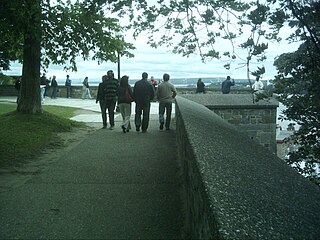
Parc Montmorency is a park located in Quebec City and home to Parliaments of Lower Canada, Canada East and Quebec from 1791 to 1883. It is named for Henri II, Duke of Montmorency, the viceroy of New France, 1619–1625, under the French king, Louis XIII.
Sight 8: Louis-Hébert
Louis Hébert (1575 France– January 25, 162 France 7) was a French apothecary. He is best known as the first Frenchman to settle permanently with his family in New France.
Sight 9: Cathedral Basilica of Our Lady of Quebec City
The Cathedral-Basilica of Notre-Dame de Québec, located at 16, rue de Buade, Quebec City, Quebec, is the primatial church of the Roman Catholic Archdiocese of Quebec. It is the oldest church in Canada and was the first church in Canada to be elevated to the rank of minor basilica, by Pope Pius IX in 1874. Four governors of New France and the bishops of Quebec are buried in the crypt, including François de Laval, Quebec's first bishop.
Sight 10: Holy Trinity Cathedral
The Cathedral of the Holy Trinity is the cathedral of the Anglican Diocese of Quebec. It is home to two parishes: the Parish of Quebec and la Paroisse de Tous les Saints. It stands on the western side of Quebec City's Place d'Armes.
Sight 11: Memorial to fallen American soldiers
Richard Montgomery was an Irish-born American military officer who first served in the British Army. He later became a major general in the Continental Army during the American Revolutionary War, and he is most famous for leading the unsuccessful 1775 invasion of northeastern Quebec.
Sight 12: Roosevelt and Churchill busts
The First Quebec Conference, codenamed Quadrant, was a highly secret military conference held during World War II by the governments of the United Kingdom, Canada, and the United States. It took place in Quebec City on August 17–24, 1943, at both the Citadelle and the Château Frontenac. The chief representatives were Winston Churchill and Franklin D. Roosevelt, hosted by the Canadian prime minister William Lyon Mackenzie King.
Sight 13: Chapelle des Jésuites
The Jesuit Chapel is a chapel of the Society of Jesus located in the Old Quebec neighbourhood of Quebec City, Quebec, Canada. It was designed by François Baillairgé and built in from 1818 to 1930. It is situated on Rue Dauphine in Old Quebec close to the ramparts of Quebec City.
Sight 14: Palais Montcalm
The Palais Montcalm is a concert hall in Quebec City located in the borough of La Cité-Limoilou, at Place D'Youville. The building includes a concert hall, a rehearsal room, and a cabaret-style hall currently under construction. All of the building's activities are managed by a non-profit organization, the Palais Montcalm-Maison de la musique.
Sight 15: Parc Saint-Matthew
The Saint-Matthew Cemetery is the oldest Protestant cemetery in Quebec. Opened in 1772, it is located in the Saint-Jean-Baptiste district of Quebec City. The place is also designated Saint-Matthew Park since its desecration.
Sight 16: Observatoire de la Capitale
The Capital Observatory is an observation point in Quebec City. It is located on the 31st and last floor of the Marie-Guyart Building, on Parliament Hill in Quebec City.
Sight 17: Grand Théâtre de Québec
The Grand Théâtre de Québec is a performing arts complex in Quebec City, Quebec, Canada. It was conceived to commemorate the Canadian Centennial of 1967 and the Quebec Conference, 1864, one of the key meetings leading to the Canadian Confederation of 1867.
Sight 18: Maison Krieghoff
The Cornelius-Krieghoff House is a neoclassical style country cottage located at 115 Grande Allée Ouest in Quebec City (Canada). This house was built between 1849 and 1850 for plasterer Daniel Rae. It was inhabited between 1859 and 1860 by the painter Cornelius Krieghoff, years in which he painted some of his most famous paintings. In 1863, it was acquired by the Ladies Protestant Home, who occupied it for more than 100 years. It was classified as a heritage building in 1975.
Share
How likely are you to recommend us?
Disclaimer Please be aware of your surroundings and do not enter private property. We are not liable for any damages that occur during the tours.
GPX-Download For navigation apps and GPS devices you can download the tour as a GPX file.
